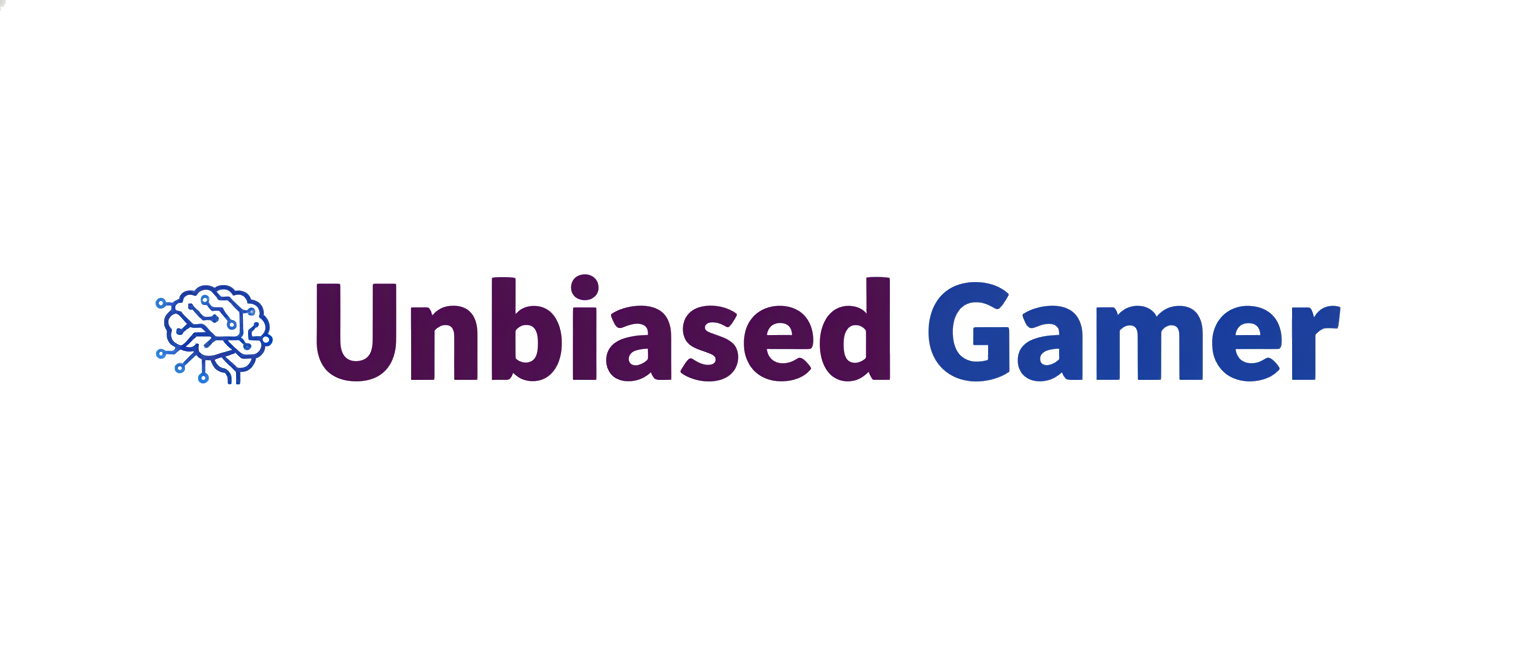The Central Nervous System of PC Gaming Communication
In the sprawling, dynamic world of PC Gaming, information is currency. Players crave updates, developers need a direct line to their audience, and the health of a game’s community often hinges on the quality and frequency of communication. While social media platforms, Discord servers, and dedicated gaming journalism sites play a vital role, one of the most powerful and often-underestimated tools is built directly into the ecosystem where millions of players live: the Steam News Hub. More than just a simple feed, Steam News is a sophisticated, integrated platform that serves as the official source of truth for countless titles, from blockbuster AAA Games to niche Indie Games. It’s where patch notes are canonized, future roadmaps are unveiled, and the crucial bond between creator and community is forged. This article provides a comprehensive technical breakdown of the Steam News Hub, exploring its architecture, its strategic importance for developers, its value to players, and its place within the broader landscape of Gaming News.
Anatomy of the Steam News Hub: More Than Just a Blog
At its core, the Steam News Hub is a centralized content delivery system integrated throughout the Steam client and website. It’s designed to provide timely, relevant, and official information about the games players own, follow, or are interested in. Understanding its structure reveals why it’s such an effective communication channel.
Integration and Visibility Points
The power of Steam News comes from its deep integration. A single news post published by a developer through the Steamworks backend is automatically propagated to multiple high-visibility locations, maximizing its reach within the target audience. These include:
- The Main News Hub: A personalized, filterable feed accessible from the Steam client’s main menu, aggregating news from a user’s entire library, wishlist, and followed games.
- Game Library Pages: When a user clicks on a game in their library, the activity feed prominently displays the latest news posts, ensuring players see updates for games they actively play.
- Store Pages: News is displayed directly on a game’s store page, providing potential buyers with evidence of active development, a key factor in purchasing decisions, especially for Early Access titles.
- Community Hubs: Each game has a dedicated Community Hub where news posts appear alongside user-generated content, discussions, and workshop items.
- Steam Client Pop-ups: For major updates, developers can trigger a pop-up that appears when a user launches the game, guaranteeing the information is seen.
Content Types and Categorization
Developers don’t just post generic “updates.” The Steamworks backend allows for specific categorization, which helps Steam tailor visibility and allows users to filter content. This structured approach is critical for clarity. Common categories include:
- Small Update / Patch Notes: The lifeblood of live service games. These posts detail bug fixes, balance changes, and minor tweaks. This is where you’ll see details relevant to specific FPS Games balance changes or RPG Games quest fixes.
- Major Update: Reserved for significant content drops, new seasons, or DLC releases. These events often get higher visibility across the platform.
- Scheduled Event: Used to announce in-game events, developer Q&A streams on Twitch, or community contests.
- Press Release / News: For major announcements, partnerships, or news that might be relevant to the wider Gaming Industry.
This system ensures that a player looking for detailed patch notes on Counter-Strike News isn’t wading through marketing announcements, and someone interested in a new MMORPG News expansion can find that information easily.

The Developer’s Perspective: Best Practices and Common Pitfalls
For game developers, the Steam News Hub is a non-negotiable tool for community management and player retention. Leveraging it effectively requires a strategic approach that goes beyond simply copying and pasting a tweet. Mastering this platform is a key part of modern Game Development.
Best Practices for Effective Communication
Successful developers treat their Steam News feed as the primary record of their game’s journey. Best practices include:
- Establish a Consistent Cadence: Whether it’s weekly dev diaries or immediate hotfix notes, a regular posting schedule builds community trust and shows the game is being actively supported. This is especially vital for live service titles like Apex Legends or Valorant News.
- Use Rich Media: The platform supports images, GIFs, and embedded videos. A wall of text can be intimidating. Including a short video demonstrating a new feature or a GIF of a bug fix can dramatically increase engagement.
- Leverage Localization: Steamworks provides tools to publish news in multiple languages. For a global player base, translating patch notes and major announcements is crucial for inclusivity and clarity.
- Be Transparent, Especially in Early Access: Use the news feed to explain not just *what* is changing, but *why*. If a feature is delayed, explain the technical hurdles. This transparency builds immense goodwill within the Gaming Community.
- Cross-Promote, But Keep Steam as the Source of Truth: Announce your Steam News post on Twitter, Discord, and Reddit, but always link back to the full post on Steam. This centralizes your official communications and drives traffic back to your store and community page.
Common Pitfalls to Avoid
Conversely, misusing the platform can damage a game’s reputation. Common mistakes include:
- Ghosting the Community: Going silent for months on end is the fastest way to make players assume a game is abandoned.
- Vague or Incomplete Patch Notes: Simply stating “bug fixes and improvements” is frustrating for players who want to know what has changed. Detailed notes are always better.
- Using News for Purely Marketing Fluff: While announcing sales is a valid use, flooding the feed with low-effort marketing posts can lead to players unfollowing.
- Ignoring Feedback: The comments section on a news post is a direct line to your most engaged players. Ignoring valid criticism or questions shows a lack of engagement from the development team.
For developers working with popular engines, mentioning progress or fixes related to Unity News or Unreal Engine News can also provide valuable technical context for interested players.
The Player Experience: A Curated Gateway to Gaming Knowledge
For players, the Steam News Hub is a powerful tool for staying connected to the games they love and the broader world of PC Gaming. It cuts through the noise of social media algorithms and the potential bias of traditional media, offering information straight from the source.
Building Trust and Managing Expectations

The most significant impact of Steam News is on the player-developer relationship. When a bug is fixed, a feature is added, or a controversial balance change is made, the news post is the official statement. This direct line is invaluable. For example, a player frustrated by a performance issue in a new title can see a news post acknowledging the problem and detailing upcoming fixes related to new Graphics Cards drivers or optimization. This transforms frustration into patience. It’s a core component of modern Gaming Culture, where players are more like stakeholders than passive consumers.
A Personalized Gaming Magazine
The “My News” tab in the Steam client functions as a personalized feed. It aggregates updates not just for games you own, but also from major gaming news outlets that Steam partners with. This means a player can see patch notes for Dota 2 News, a review of a new indie title, and an article about upcoming Gaming Hardware like Gaming Monitors or Gaming Laptops all in one place. This curated experience keeps players informed about:
- Game Updates: Learning about a new character in Overwatch News or a seasonal event in Fortnite News.
- Community Events: Finding out about a developer-hosted tournament in a popular Competitive Gaming title.
- Hardware and Tech News: Reading about how a game is being optimized for new Gaming Tech or support for peripherals like Racing Wheels or Flight Sticks has been added.
- Industry Trends: Following news about Cloud Gaming services or developments in VR Gaming.
Steam News in the Wider Ecosystem: A Comparative Analysis
While powerful, Steam News does not exist in a vacuum. It competes with and complements other information channels. Understanding its unique strengths and weaknesses is key to appreciating its role.

Steam News vs. Other Platforms
- Social Media (Twitter, Reddit): Social media is faster and better for viral engagement and quick, informal interactions. However, it’s also noisy, ephemeral, and subject to character limits. Steam News is the persistent, detailed, and official record. A common strategy is a short, engaging tweet linking to the full, detailed post on Steam.
- Dedicated Launchers (Epic Games, Battle.net): Competitors like Epic Games News offer similar functionality. The primary difference is the ecosystem’s scale. With its massive user base and long-standing community features, Steam’s news platform has a broader, more ingrained reach within the PC Gaming community.
- Gaming Journalism: Sites like IGN or PC Gamer provide critical analysis, reviews, and investigative reporting—things a developer’s own news feed won’t. Steam News is the primary source; journalism is the secondary analysis and critique. They serve different but equally important functions.
- Direct Community Platforms (Discord): Discord is unparalleled for real-time, conversational community building. However, important announcements can get lost in the flow of conversation. Developers often use Discord to chat and gather feedback, but post official announcements on Steam News for permanence and visibility.
Recommendations for a Holistic Strategy
For developers, the optimal strategy is integrated. Use Steam News as the central pillar—the “source of truth”—for all official announcements. Use social media and Discord to amplify that message, engage with the community in real-time, and drive traffic back to the official post. This multi-channel approach ensures maximum reach and clarity.
For players, the recommendation is to use the Steam News Hub as a primary source for official game information while supplementing it with trusted journalism for reviews and critical perspectives, and community platforms like Reddit or Discord for discussion and peer-to-peer interaction.
Conclusion: The Enduring Power of a Direct Connection
The Steam News Hub is far more than a simple feature; it is a foundational pillar of the modern PC Gaming ecosystem. It provides a standardized, centralized, and direct channel of communication that fosters transparency and builds trust between developers and their communities. For developers, it is an indispensable tool for player retention, expectation management, and community building. For players, it is a personalized and reliable source of information, cutting through the noise to deliver the news that matters most about the games they play. In an industry often defined by hype and speculation, the simple, direct, and official nature of a Steam News post remains one of the most powerful and important forces in gaming today.












